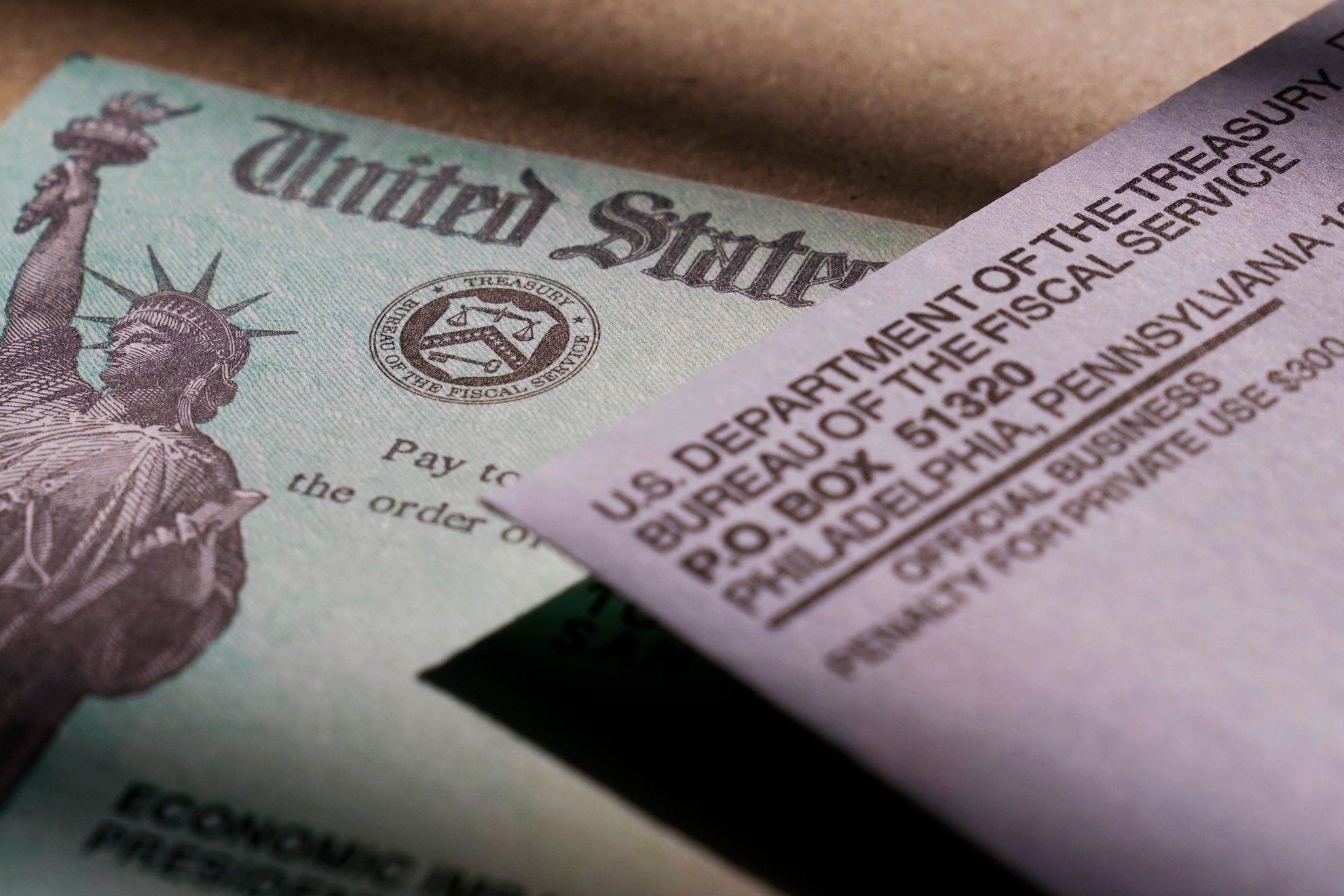Stimulus Payments 2024: California, New Mexico, and Maine Lead Continued Financial Relief Efforts
State Stimulus Payments Update: West Virginia and Kansas Halt Checks as California Extends Relief
As the pandemic recedes the landscape of stimulus payments in the United States continues to evolve with an increasing number of states opting to cease these financial aids, according to the published article of Marca. States like West Virginia, Idaho, Wyoming and Kansas have recently decided to halt the distribution of state-level stimulus checks reflecting a broader trend of shifting away from pandemic-related economic interventions. These decisions are influenced by various factors, including budget constraints and differing views on the necessity of ongoing direct payments to residents. Despite this trend, not all states are turning away from stimulus payments. Several state governments are taking proactive measures to continue providing financial relief to their residents.
These states recognize the lingering economic challenges faced by many families and are rolling out their own stimulus initiatives to support those in need. By doing so, they aim to address ongoing financial hardships and stimulate local economies through targeted assistance. The continuation of state stimulus payments highlights the diverse approaches taken by state governments in responding to economic recovery post-pandemic. While some states believe the time for direct payments has passed others see it as a crucial tool for economic stability and support for their residents. This divergence underscores the complex and varied economic landscapes across the U.S. where local conditions and priorities significantly influence policy decisions regarding financial aid.
READ ALSO: California Governor Accelerates Funding for Mental Health Treatment Centers

Ongoing Stimulus Payments in 2024: How States Like California and Maine Support Residents Amid Economic Recovery
Furthermore, the states that continue to provide stimulus payments are doing so with tailored approaches to meet the specific needs of their residents. For example, California has extended its stimulus efforts through the “Golden State Stimulus” program targeting low to middle-income households to help alleviate the financial strain from rising living costs. Similarly, states like New Mexico and Maine have issued one-time payments aimed at offsetting the impact of inflation and helping residents cover essential expenses. These ongoing state stimulus programs are often funded through budget surpluses or federal relief funds allocated during the height of the pandemic. By leveraging these resources states can provide immediate financial relief without imposing additional burdens on their budgets. This strategic use of funds underscores a commitment to sustaining economic support for those who are still recovering from the pandemic’s economic fallout ensuring that vulnerable populations receive the assistance they need.
